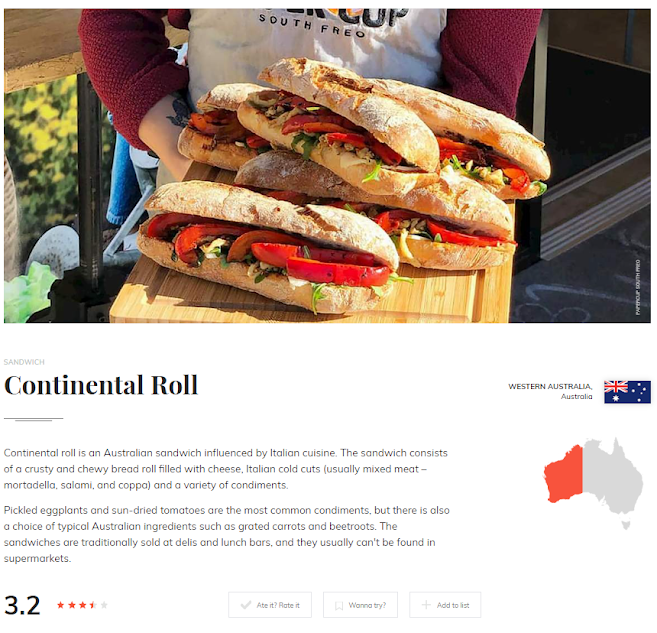Residential schools were church-run schools where approximately 150,000 Métis, Inuit and First Nations children were sent between the 1830s and the 1990s.
The schools harmed Indigenous children by removing them from their families and forcing them to speak English or French instead of their ancestral languages. They were also disconnected them from their culture and traditions and forced to adopt Christianity in order to be assimilated into Canadian society.
The government has since acknowledged that this approach was wrong, cruel and ineffective, and offered an official apology to the Indigenous people of Canada in 2008.
Watch video here: https://www.cbc.ca/kids/articles/what-is-orange-shirt-day
Why is September 30th a special date?
September 30th falls during the time of year when Indigenous children were taken away to residential school. Today, it's also known as the National Day for Truth and Reconciliation.
Why is it an orange shirt?
The message that Phyllis wants to pass along on Orange Shirt Day — and every day — is that every child matters. Orange Shirt Day was started by Phyllis to educate people about residential schools and to fight racism and bullying.
What can you do?
There are many ways you can get involved!












